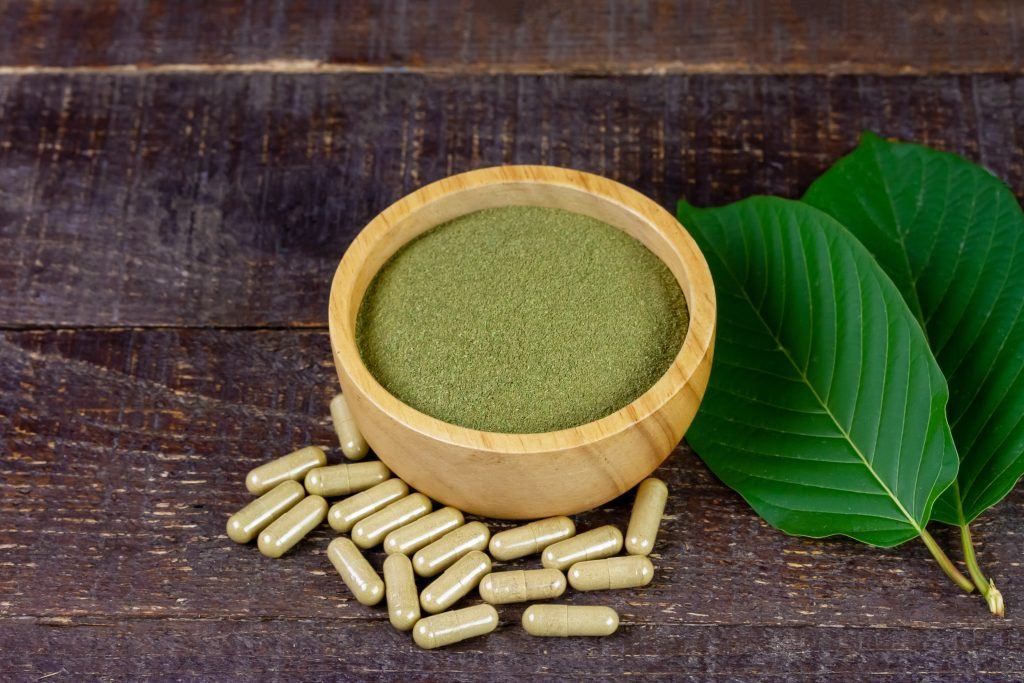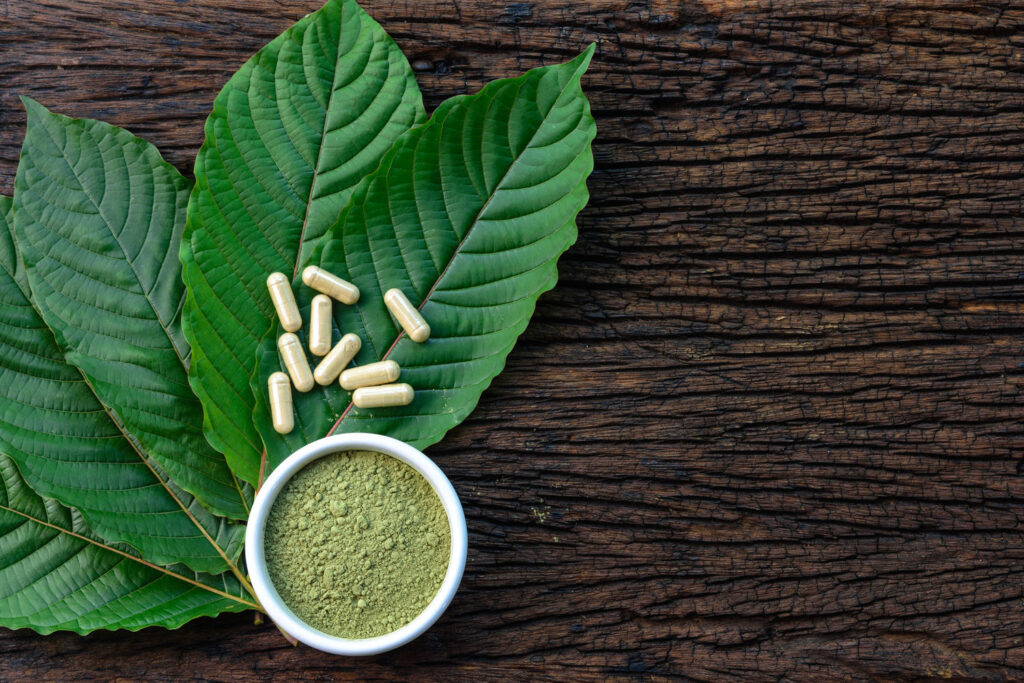Uncategorized
Comprehensive Guide to Using Kratom Powder: Methods and Potential Side Effects
Introduction
Kratom powder, derived from the leaves of the Mitragyna speciosa tree, has gained immense popularity due to its versatile benefits. Originating from Southeast Asia, Kratom has been used traditionally for its medicinal properties. Today, it is widely used for pain relief, mood enhancement, and energy boosting. This guide provides an in-depth look at how to use Kratom powder effectively and explores its potential side effects to ensure safe and informed consumption.
What is Kratom Powder?
Kratom powder is made from dried and ground leaves of the Kratom tree, which is native to countries like Thailand, Indonesia, Malaysia, and Papua New Guinea. The leaves contain alkaloids such as mitragynine and 7-hydroxymitragynine, which interact with opioid receptors in the brain, producing a range of effects from stimulating to sedative, depending on the dose and strain.

How to Use Kratom Powder
Kratom powder is versatile and can be consumed in various ways. Each method has its own advantages and can affect the onset and duration of Kratom’s effects.
1. Toss and Wash
The toss and wash method is one of the most straightforward ways to take Kratom powder.
Steps:
- Measure the desired dose of Kratom powder.
- Place the powder directly into your mouth.
- Quickly drink water or juice to wash it down.
Tips:
- Use a flavored drink to mask the bitter taste of Kratom.
- Take small amounts at a time to avoid choking or coughing.
2. Kratom Tea
Brewing Kratom tea is a popular method that can make the taste more palatable and facilitate easier digestion.
Steps:
- Measure the desired dose of Kratom powder.
- Boil water and then remove it from heat.
- Add the Kratom powder to the hot water and stir.
- Let it steep for 10-15 minutes.
- Strain the liquid into a cup to remove any remaining plant material.
- Add honey, lemon, or other flavorings as desired.
Tips:
- Avoid boiling the Kratom directly, as high temperatures can degrade the alkaloids.
- Strain the tea to reduce bitterness and improve the drinking experience.
3. Mixing with Food or Drinks
Kratom powder can be mixed into various foods and beverages to make consumption more enjoyable.
Ideas:
- Smoothies: Blend Kratom powder with fruits, yogurt, and juice.
- Yogurt: Stir Kratom powder into flavored yogurt.
- Applesauce: Mix Kratom powder with a small serving of applesauce.
- Juice: Dissolve Kratom powder in a glass of juice with a strong flavor.
Tips:
- Start with small amounts to find the best combination that masks the taste.
- Ensure the mixture is well-blended to avoid clumps.
4. Kratom Capsules
For those who prefer convenience and avoiding the taste, Kratom capsules are an excellent option.

Steps:
- Purchase pre-made Kratom capsules or make your own using a capsule-filling machine and empty capsules.
- Take the desired number of capsules with water.
Tips:
- Capsules take longer to digest, so the onset of effects may be delayed.
- Ensure capsules are stored in a cool, dry place to maintain freshness.
5. Kratom Extracts
Kratom extracts are concentrated forms of Kratom and are typically more potent. They can be added to drinks or taken sublingually (under the tongue).
Steps:
- Measure a small dose of Kratom extract.
- Mix with water or another beverage, or place under the tongue for faster absorption.
Tips:
- Start with a very small dose due to the higher potency.
- Be aware of the dosage to avoid overconsumption.
Dosage Guidelines for Kratom Powder
Determining the right dosage is crucial for experiencing the desired effects while minimizing side effects. Here are some general guidelines:
- Low Dose: 1-2 grams (stimulating effects)
- Moderate Dose: 2-5 grams (balanced effects)
- High Dose: 5-8 grams (sedative effects)
- Very High Dose: 8-15 grams (strong sedative effects, increased risk of side effects)
Factors Influencing Dosage
Several factors can influence the appropriate Kratom dosage, including:
- Individual Tolerance: New users should start with lower doses to gauge their body’s response.
- Body Weight: Heavier individuals may require higher doses to achieve the same effects.
- Strain Potency: Different Kratom strains vary in potency, affecting the necessary dosage.
- Desired Effects: Lower doses tend to be more stimulating, while higher doses are more sedative.
Potential Side Effects of Kratom
While Kratom offers numerous benefits, it’s essential to be aware of potential side effects, especially with prolonged or high-dose usage.
1. Nausea and Vomiting
Taking too much Kratom or using it on an empty stomach can lead to nausea and vomiting. Starting with a low dose and consuming Kratom with food can help mitigate these effects.
2. Constipation
Kratom can cause constipation, particularly with regular use. Staying hydrated and incorporating fiber-rich foods into your diet can help prevent this issue.
3. Dizziness and Drowsiness
Higher doses of Kratom can lead to dizziness and drowsiness. Avoid operating heavy machinery or driving until you understand how Kratom affects you.
4. Dependency and Withdrawal
Long-term use of Kratom can lead to dependency and withdrawal symptoms upon cessation. Symptoms may include irritability, mood swings, and cravings. It’s crucial to monitor your usage and take breaks to avoid building tolerance and dependence.
5. Other Side Effects
Other potential side effects include dry mouth, headache, and irritability. These are generally mild and can be managed by adjusting your dosage or method of consumption.
6. Psychological Effects
In some cases, users may experience anxiety, agitation, or mood swings, particularly at higher doses. Monitoring your mental state and adjusting your intake accordingly is important.
Mitigating Side Effects
To minimize the risk of side effects, follow these guidelines:
1. Start with a Low Dose
Begin with a low dose to gauge your body’s response. Gradually increase the dose if needed, but avoid taking large amounts initially.
2. Rotate Strains
Using different Kratom strains can prevent tolerance buildup and provide varied effects. Rotating strains ensures you don’t become too accustomed to one type, maintaining the effectiveness of the Kratom.
3. Stay Hydrated
Kratom can be dehydrating, so it’s essential to drink plenty of water throughout the day. Hydration helps mitigate side effects such as dry mouth and constipation.
4. Avoid Mixing with Other Substances
Combining Kratom with other substances, especially alcohol or drugs, can lead to adverse reactions. Stick to using Kratom on its own to ensure safety.
5. Monitor Your Usage
Keep track of your Kratom intake and be mindful of any changes in your body’s response. Regularly evaluate your usage to avoid dependency and ensure you are using it for its intended benefits.
6. Take Breaks
To prevent tolerance and dependency, take regular breaks from Kratom use. This can also help maintain its effectiveness over time.

Conclusion
Kratom powder is a versatile and powerful natural remedy that offers a wide range of benefits, from pain relief to mood enhancement. Understanding how to use Kratom powder effectively and being aware of its potential side effects can help you use it more safely and responsibly. Whether you’re seeking increased energy, pain relief, or improved mood, Kratom powder can be a valuable addition to your wellness routine when used thoughtfully and with care. Always start with a low dose, stay hydrated, and monitor your body’s response to ensure a positive experience with Kratom.
